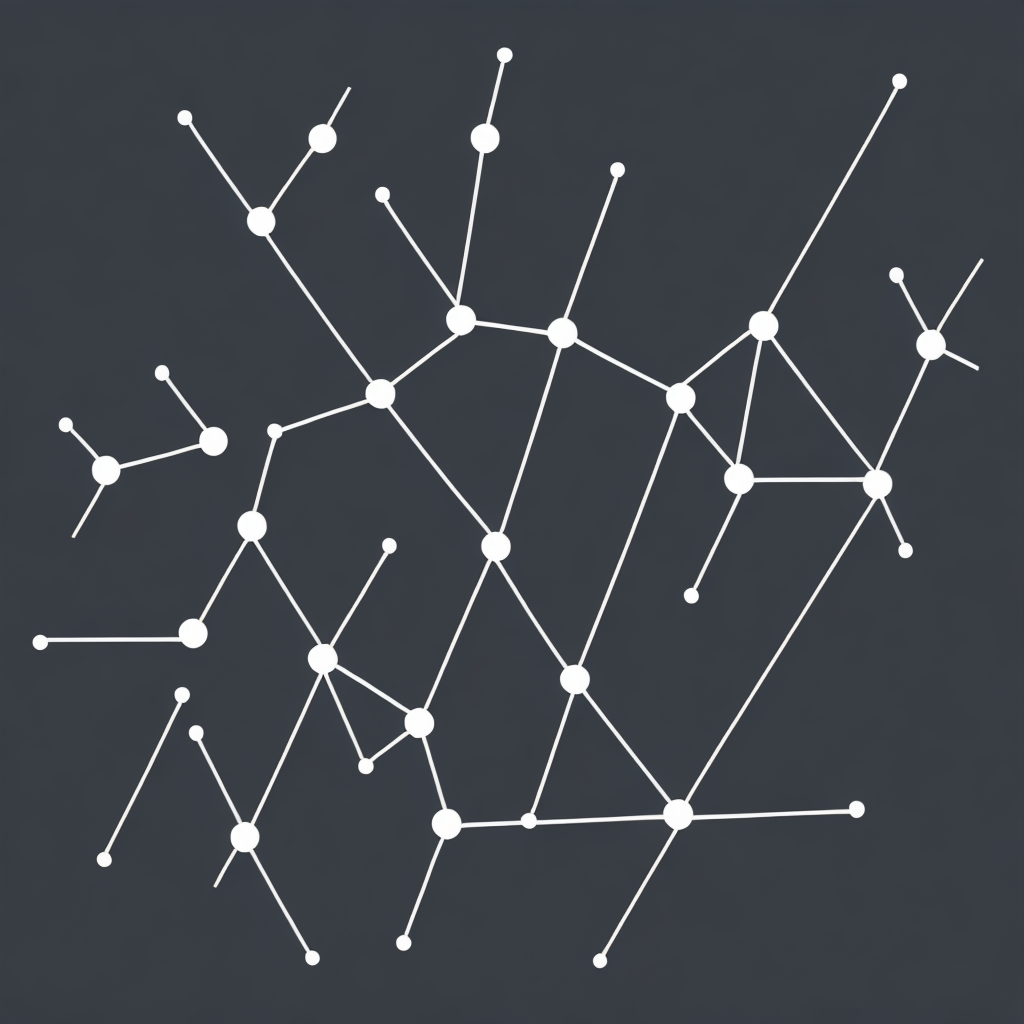In recent years, technology has seen a wave of exponential changes, with one of the essential advancements being the emergence of knowledge graphs. From facilitating more efficient data management to enhancing the capability for complex data analytics and insights, knowledge graphs serve as transformative tools in the information age. This comprehensive guide aims to unravel the intricacies of knowledge graphs, their role, benefits, and the profound impact they’ll likely have on information management within and across industries.
### What are Knowledge Graphs?
Knowledge graphs are a type of graph data structure that represent real-world concepts and the relationships among them, forming a connected network. Essentially, they aim to capture the semantics of data, providing a rich, interconnected model that goes beyond the mere collection of facts. Think of a knowledge graph as a vast, interconnected map, where nodes denote entities (such as ‘Apple’ or ‘iPhone’) and edges represent relationships (such as ‘is a type of’ or ‘was introduced in year X’).
### Evolution and Growth of Knowledge Graphs
Historically, traditional databases faced limitations in handling structured and unstructured data, necessitating a paradigm shift towards more versatile information management systems. Knowledge graphs fill this gap by enabling more effective querying and retrieving of complex, interconnected data, making them a crucial advancement in today’s data-driven world.
### The Benefits of Knowledge Graphs
#### 1. **Enhanced Search Capabilities**
Knowledge graphs significantly elevate search engines’ performance by understanding semantic relationships and the nuances within data, leading to more accurate and relevant results. This is achieved through an ontology-based approach, where the structure allows for deep querying beyond simple keyword searches.
#### 2. **Improved Data Analysis and Insights**
By representing data as interconnected entities and relationships, knowledge graphs facilitate more nuanced analysis, helping uncover insights that would otherwise be obscured within monolithic databases. This capability is pivotal for decision-making processes, enabling smarter, data-driven decisions.
#### 3. **Efficient Data Integration**
Knowledge graphs excel in integrating diverse data sources, providing a unified view of information regardless of its origin, format, or distribution. This capability is paramount in multi-stakeholder environments where data must be aggregated across different siloes for a cohesive narrative.
#### 4. **Enhanced Personalization and Recommendations**
In the realm of consumer-facing applications, knowledge graphs enable personalization by understanding an individual’s preferences and behaviors. Recommender systems can provide more personalized and relevant content, enhancing user experience and engagement.
### Conclusion: The Future of Data Management
As technology continues to evolve, the role of knowledge graphs in data management is set to expand significantly. By offering a holistic, interconnected view of data that goes beyond the surface level, knowledge graphs pave the way for a future where data is not just stored but truly understood, processed, and utilized more effectively. Whether it’s revolutionizing search engines, powering personalized experiences, or revolutionizing business intelligence, knowledge graphs demonstrate their utility across various sectors, highlighting their potential as a cornerstone of the future data landscape.
The journey from traditional data management to a knowledge-driven approach using graphs is not merely about technology; it’s about unlocking the full potential of data. As we embrace this transformation, the benefits of knowledge graphs become more apparent, underlining their indispensable role in shaping the landscape of information management and driving innovative solutions in the era of big data.
